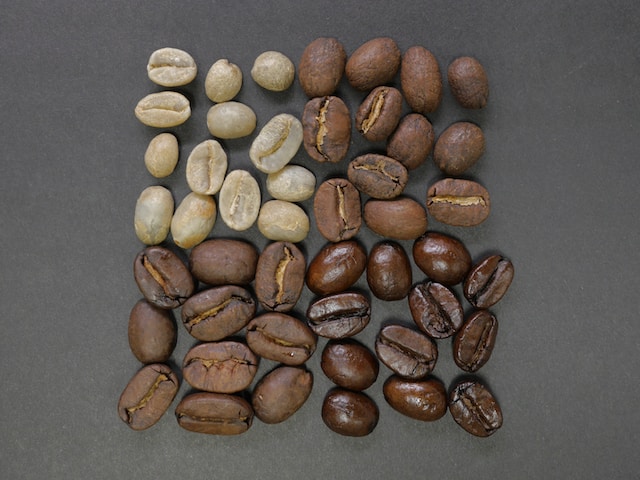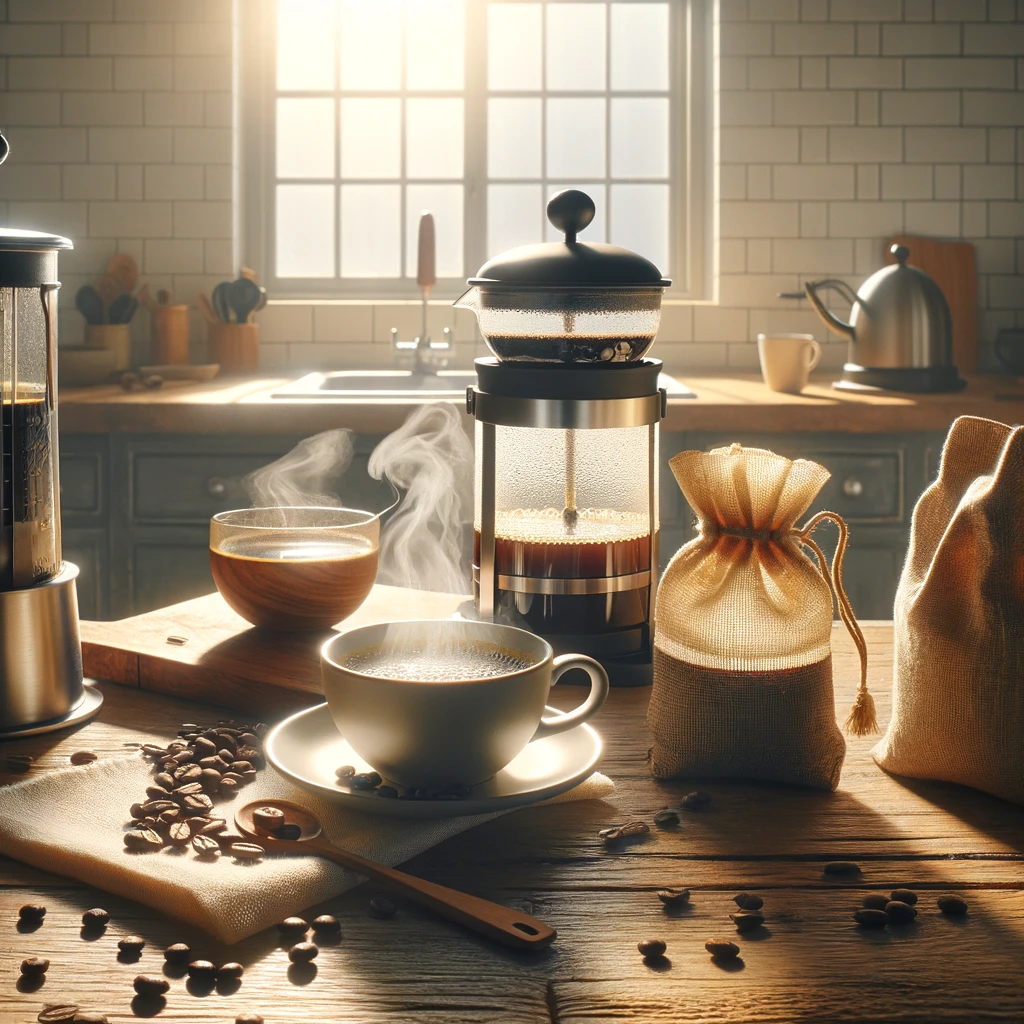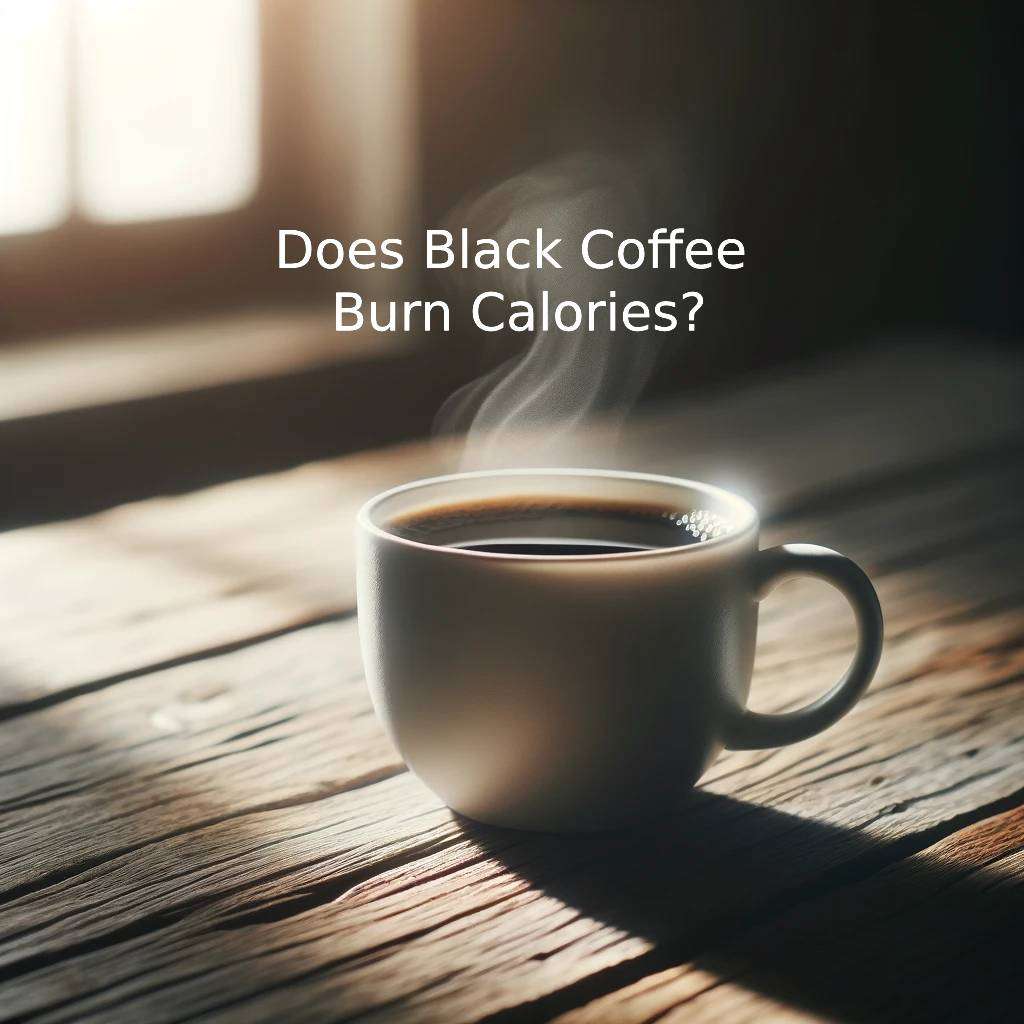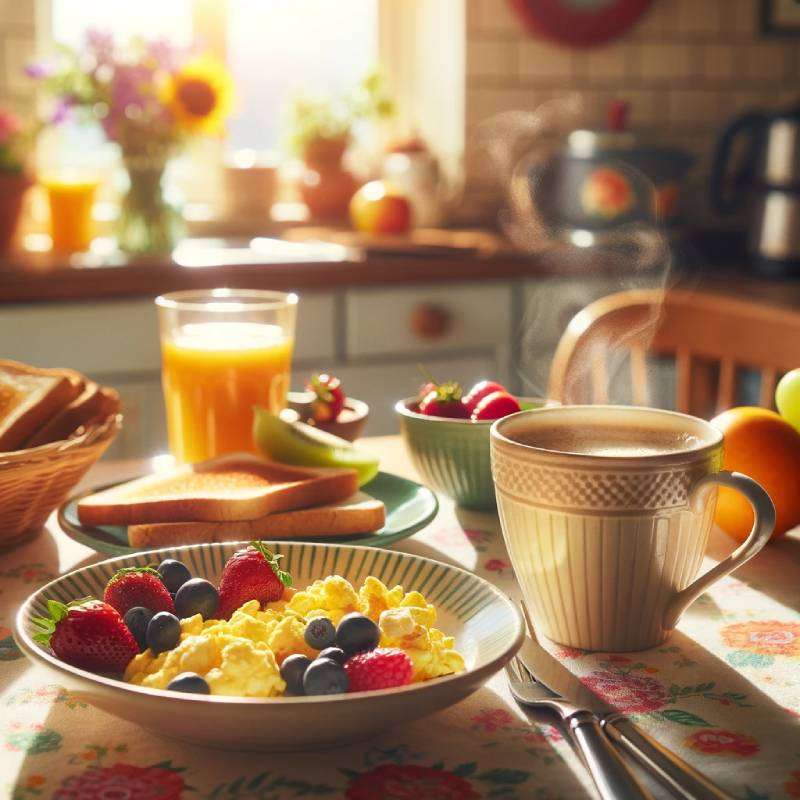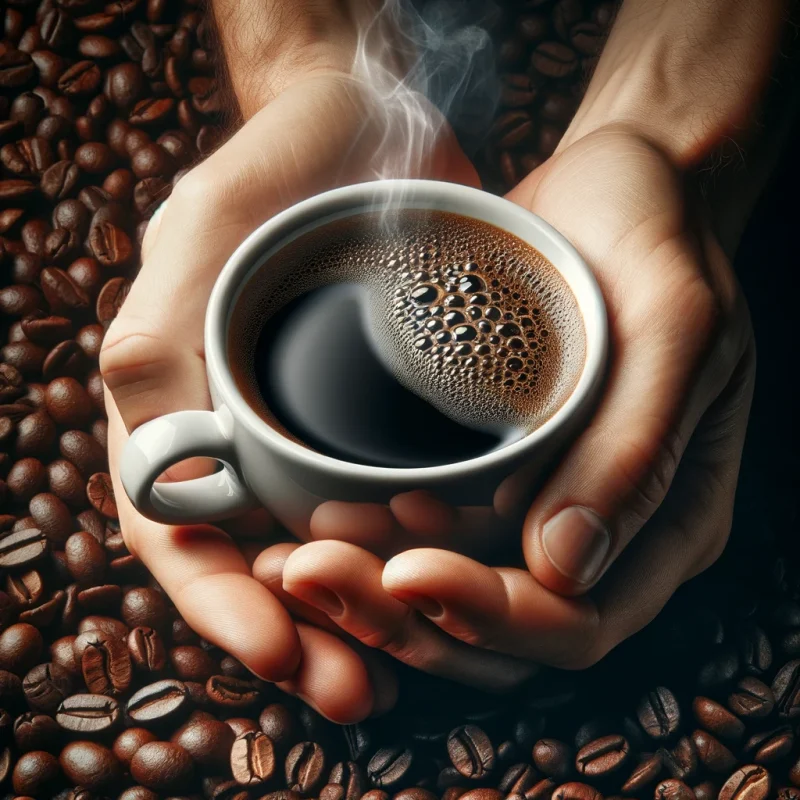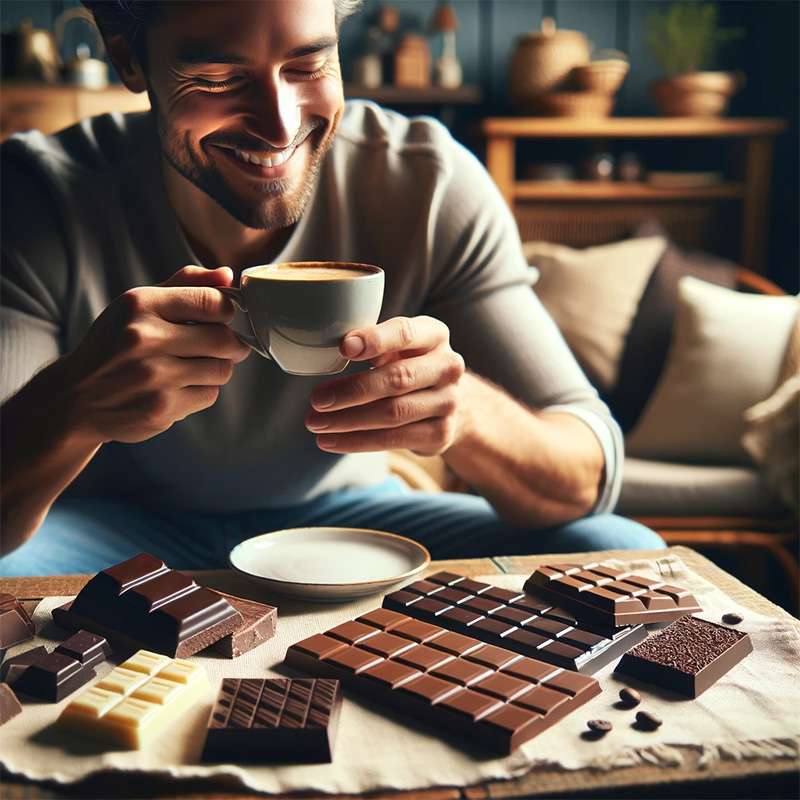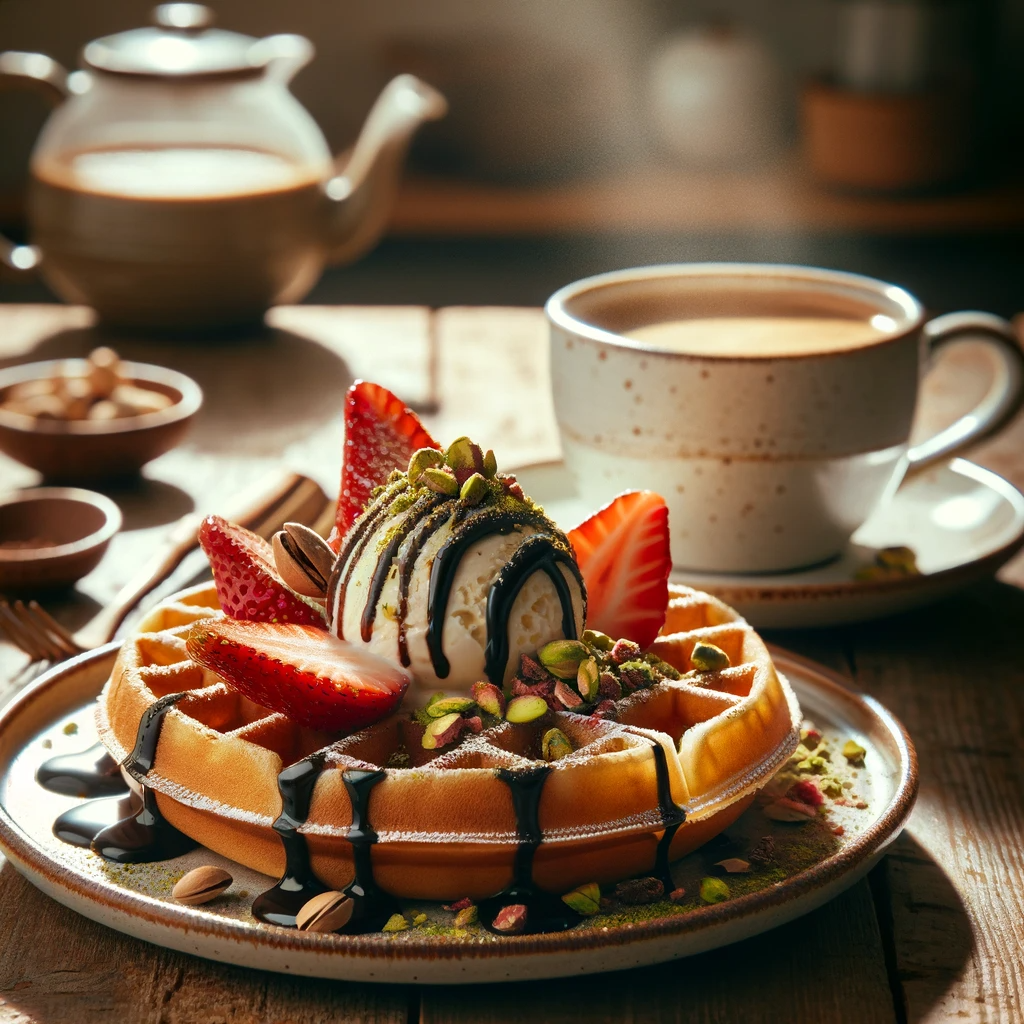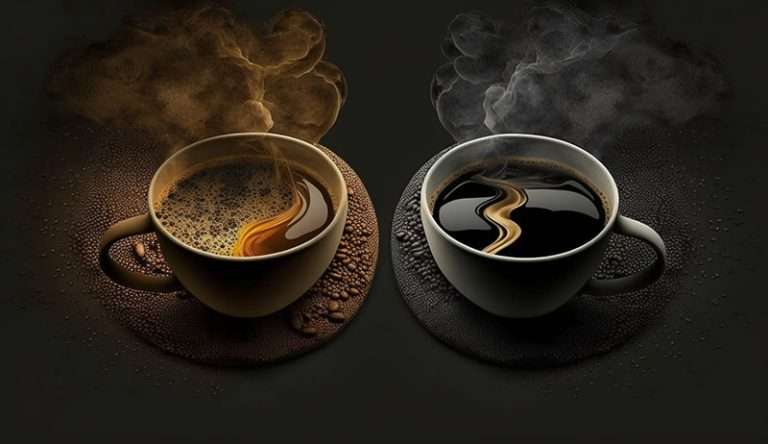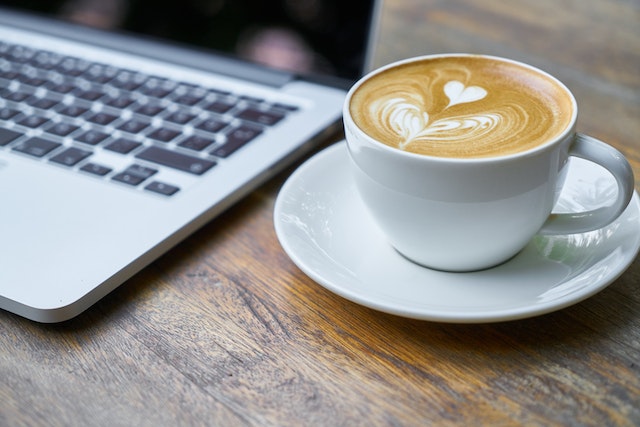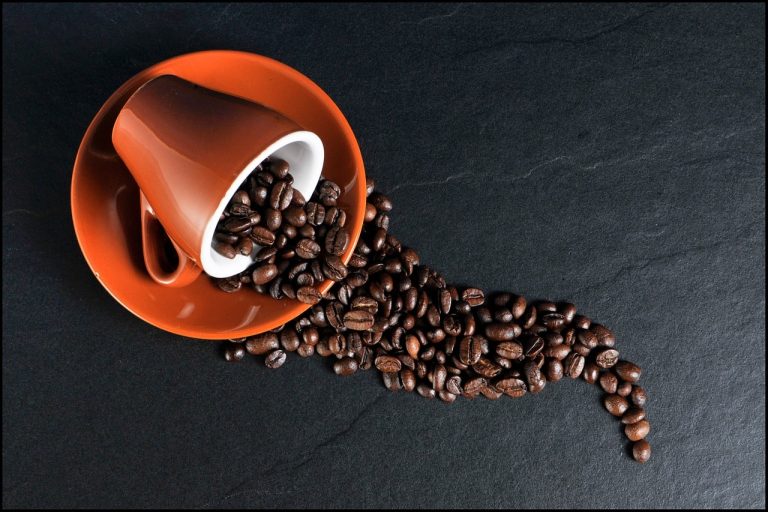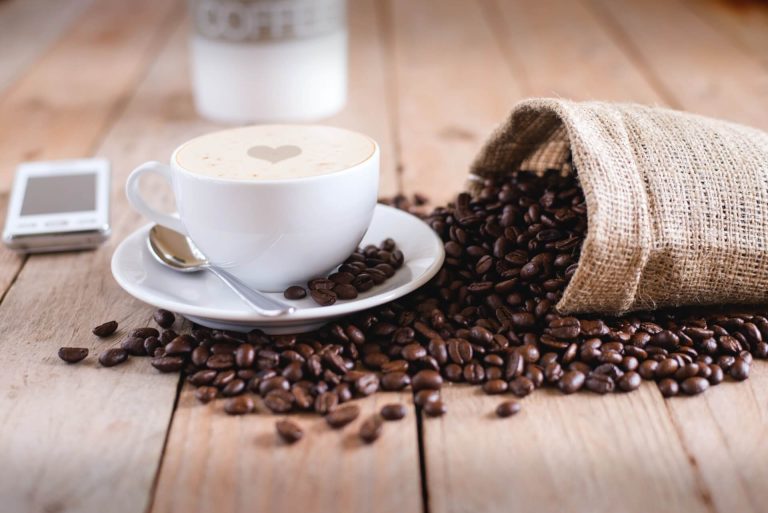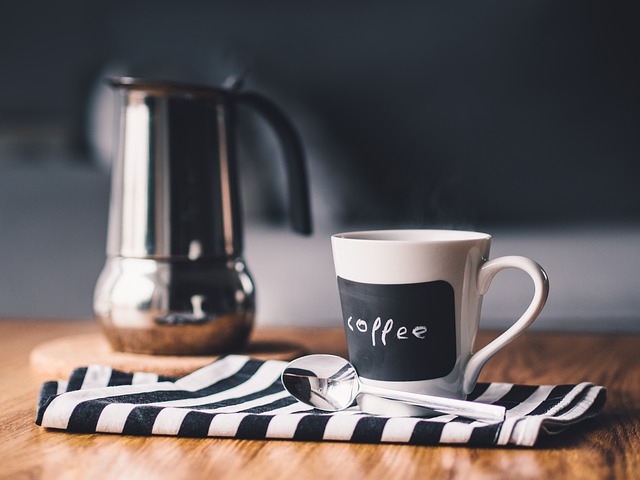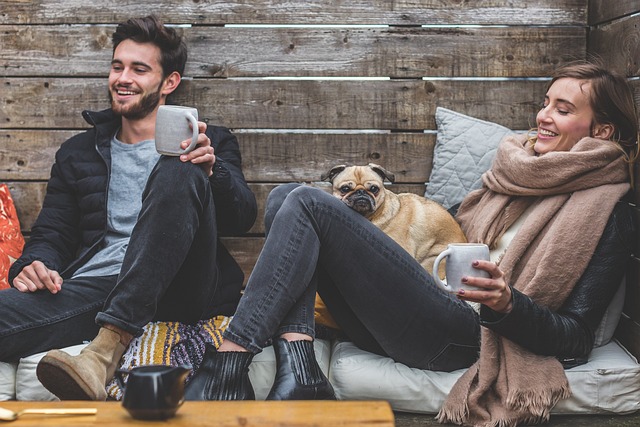Which Coffee roast has the most caffeine?
Definition of coffee roast
Coffee roast refers to the process of heating green coffee beans to transform their chemical and physical properties, resulting in the characteristic flavors and aromas of the final product. Roasts can be categorized into light, medium, and dark, each with distinct characteristics and flavor profiles.

Importance of caffeine in coffee consumption
Caffeine, a natural stimulant found in coffee, is one of the main reasons people consume this popular beverage. Many drinkers rely on coffee for its energizing effects, while others appreciate the potential health benefits associated with moderate caffeine consumption1.
Popular misconceptions about caffeine content in different roasts
A common belief among coffee drinkers is that darker roasts contain more caffeine than lighter roasts. This essay aims to clarify this misconception and provide accurate information regarding the caffeine content in different coffee roasts.
Purpose of the article
This article will discuss the coffee roasting process, examine the factors affecting caffeine levels in coffee, compare the caffeine content of various roasts, and explore the variables that influence caffeine intake. Ultimately, it will answer the question, “Which coffee roast has the most caffeine?”
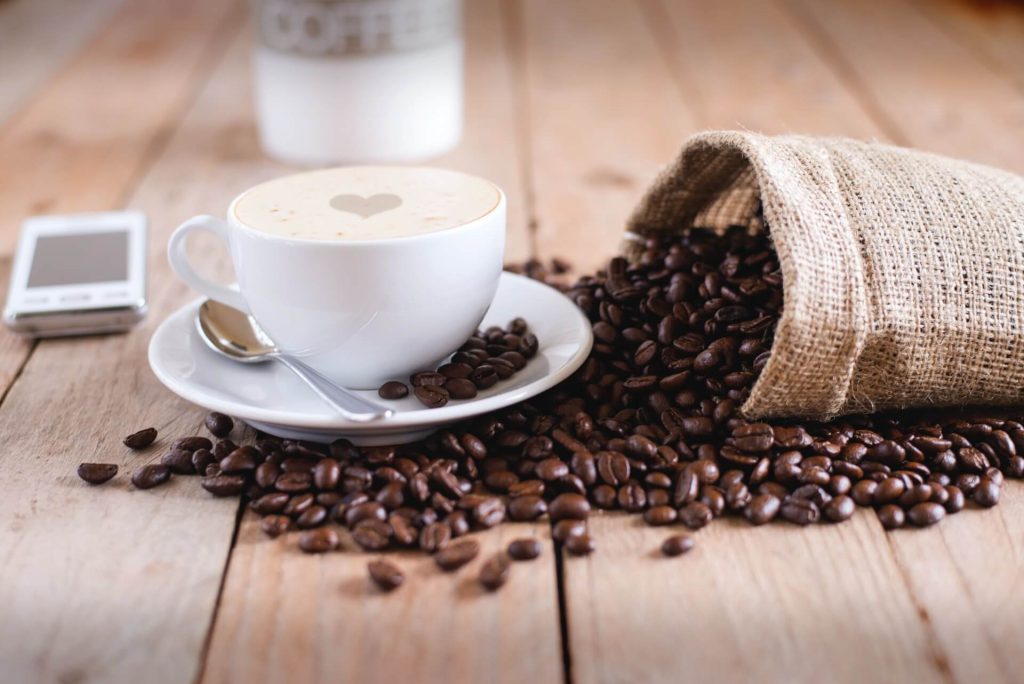
Overview of coffee roasting process
Green coffee beans
Coffee beans are actually the seeds of the Coffea plant’s fruit, commonly referred to as cherries. Before roasting, these seeds are green in color and have a grassy aroma. Roasting is necessary to unlock the complex flavors and aromas within the beans.
Stages of roasting: light, medium, and dark
During the roasting process, beans go through various stages, categorized as light, medium, and dark roasts. Light roasts have a light brown color, higher acidity, and pronounced fruity or floral flavors. Medium roasts are characterized by a medium-brown color, balanced flavor, and lower acidity. Dark roasts have a dark brown, almost black color, with bold flavors and low acidity.
Effects of roasting on flavor and aroma
The roasting process significantly impacts the flavor and aroma of coffee. As beans are roasted, they undergo chemical reactions that develop complex flavors and aromas, including caramelization, Maillard reaction, and Strecker degradation
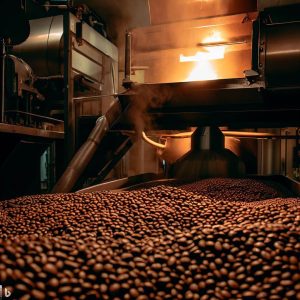
Caffeine content in coffee
Factors affecting caffeine levels
Various factors influence the caffeine content of coffee, including bean variety, roast level, brewing method, and serving size. Contrary to popular belief, the roasting process itself does not significantly alter the caffeine content of the beans.
Misconceptions about roast levels and caffeine content
One of the most common misconceptions is that dark roasts contain more caffeine than light roasts. In reality, the differences in caffeine content between roasts are relatively small and mostly depend on other factors.
Comparison of caffeine content in different roasts
Light roast
Light roast coffee beans are roasted for a shorter time, retaining more of their original flavor and acidity. Due to their denser structure, light roasts may contain slightly more caffeine by weight compared to darker roasts.
Medium roast
Medium roast coffee beans have a balanced flavor profile and are roasted longer than light roasts, which can cause a marginal decrease in caffeine content by weight.
Dark roast
Dark roast coffee beans are roasted the longest, resulting in a more porous structure. While dark roasts may have slightly less caffeine by weight, the difference is generally negligible when brewed.
Research and findings on caffeine levels in various roasts
Numerous studies have found that the caffeine content differences between various roast levels are relatively small and often insignificant in terms of consumption. The slight variations in caffeine content are primarily due to bean density changes during the roasting process.
Variables that influence caffeine intake
Brew method
The brewing method plays a significant role in determining the final caffeine content of a cup of coffee. For instance, espresso typically contains more caffeine per ounce than drip coffee, but less overall caffeine due to smaller serving sizes.
Bean variety
Different coffee bean varieties can have varying caffeine levels. For example, Robusta beans generally contain more caffeine than Arabica beans, regardless of the roast level.
Serving size
The amount of coffee consumed also affects caffeine intake. A larger serving size of a lower-caffeine roast may still provide more caffeine than a smaller serving of a higher-caffeine roast.
Conclusion
Summary of key points
In summary, the caffeine content of coffee is influenced by factors such as bean variety, brewing method, and serving size. While there may be slight differences in caffeine content between various roast levels, these differences are generally negligible when considering consumption.
Answer to the question: which coffee roast has the most caffeine
Based on available evidence, it can be concluded that light roasts may contain slightly more caffeine by weight compared to medium and dark roasts. However, this difference is often insignificant, and other factors, such as brewing method and serving size, play a more crucial role in determining caffeine intake.
Reflection on the importance of understanding caffeine content
Understanding the factors that influence caffeine content in coffee can help consumers make informed choices about their coffee consumption. By recognizing that roast level plays a relatively minor role in determining caffeine content, coffee drinkers can focus on factors such as bean variety, brewing method, and serving size to better control their caffeine intake.
| Aspect | Light Roast | Medium Roast | Dark Roast |
|---|---|---|---|
| Color | Light brown | Medium brown | Dark brown |
| Flavor & Aroma | Fruity, floral, higher acidity | Balanced flavor, lower acidity | Bold, low acidity, smoky |
| Caffeine Content | Slightly more by weight | Slightly less by weight | Slightly less by weight |
| Bean Density | Denser | Less dense | Less dense |
| Factors Affecting Caffeine Intake | Bean variety, brewing method, serving size | Bean variety, brewing method, serving size | Bean variety, brewing method, serving size |
Recommendations for coffee drinkers based on caffeine preferences
For those seeking higher caffeine levels, consider selecting Robusta beans or using brewing methods that extract more caffeine, such as espresso or French press. For those who prefer lower caffeine levels, opt for Arabica beans and brewing methods like drip coffee or pour-over. Ultimately, personal preferences and individual needs should guide coffee choices.
Please check also our other articles like: https://topcafeblog.com/where-coffee-was-invented/
How to Make Your Morning Coffee Better?
How to Make Your Morning Coffee Better? Key Takeaways to Make Your Morning Coffee Better Tip Descrip…
Does Black Coffee Burn Calories?
Does Black Coffee Burn Calories? Black coffee has developed a reputation as a low-calorie beverage t…
Coffee After Breakfast
Coffee After Breakfast Introduction to Post-Breakfast Coffee Rituals In the realm of coffee enthusia…
Is black coffee stronger?
Is black coffee stronger? Remember that time at the office when I grabbed a cup of black coffee and …
Coffee with Chocolate
Coffee with Chocolate Ah, the delightful duo of coffee and chocolate! There’s something truly …
Black Coffee and Waffle Bar
Black Coffee and Waffle Bar The Joy of Coffee and Waffles There’s something incredibly comfort…

